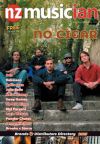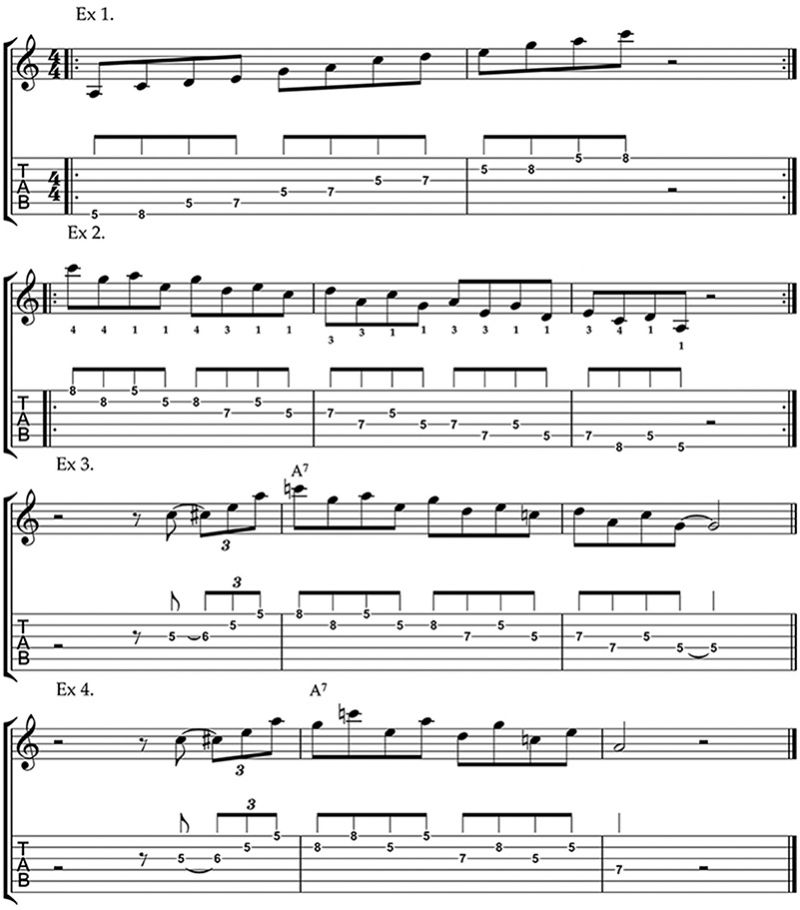Guitar Cool: Soloing With 4ths
Guitar Cool: Soloing With 4ths
Soloing With 4ths – Among the questions I get asked a lot is how do I make my solos, fills, or improvisations sound more modern or different? This is a very wide-ranging question that could easily have more than a million answers.
One way to approach this is to listen to what top-level guitar players are doing to approach being more modern and different. Sometimes it’s not easy to hear a certain technique your favourite players are using across the board because they can sound very different according to their playing style. If you listen to players like Joe Bonamassa, Robben Ford, Slash or many others, you will hear splashes or longer lines of 4th intervals in their playing. A 4th interval is simply being four notes between one note and the next one; for example, C to F; D to G, etc.
Looking at Exercise 1 you can see an A Minor Pentatonic scale in the 5th position. If you don’t know this scale yet then it would be a great idea to get it under your belt quickly as it’s a common scale used in many different genres of music, including rock.
Exercise 2 shows the pentatonic scale descending using the 4ths, although there is one-third interval in there between E and C because there is no B in the scale. Make sure to use the fingering shown underneath the notes in the diagram. If you know how to use the finger roll technique, then this is a good time to use it. You can use alternate picking or any other picking technique you are used to.
It’s also a good idea to make sure you actively listen to what you are playing, so you can recognise these sounds when you hear them on recordings you listen to.
Exercise 3 shows a typical two bar usage of 4ths which begins with a common pick up lick then transitions into the 4ths lick. Notice it doesn’t use all the scale but only a bit of it. If you use too much of this type of technique it can sound like you are playing an exercise rather than music.
Exercise 4 shows the same lick with the notes played backwards. There are many ways you can configure something like this – see how many you can come up with. This lick is what I would call a splash (just a hint of 4ths), whereas Ex 3 has a longer line which can sound quite different or even jagged. You need to decide what you want your licks to sound like when playing solos or fills.
To save space I didn’t write out the scale ascending which you can play easily once you have done Exercises 2, 3 and 4. Exercise 2 would use the same fingering ascending and would be best to start with a pickup on the lower strings leading into G on the 4th string.
You can hear by now that 4th intervals give your licks and ideas a very modern sound that top players are using regularly in their solos, fills and improvisations. I hope you have a lot of fun with these, I know I certainly do.
Kevin Downing is a professional guitarist, teacher and author. His contact details, along with many other articles and freebies, are on his website at www.guitar.co.nz



